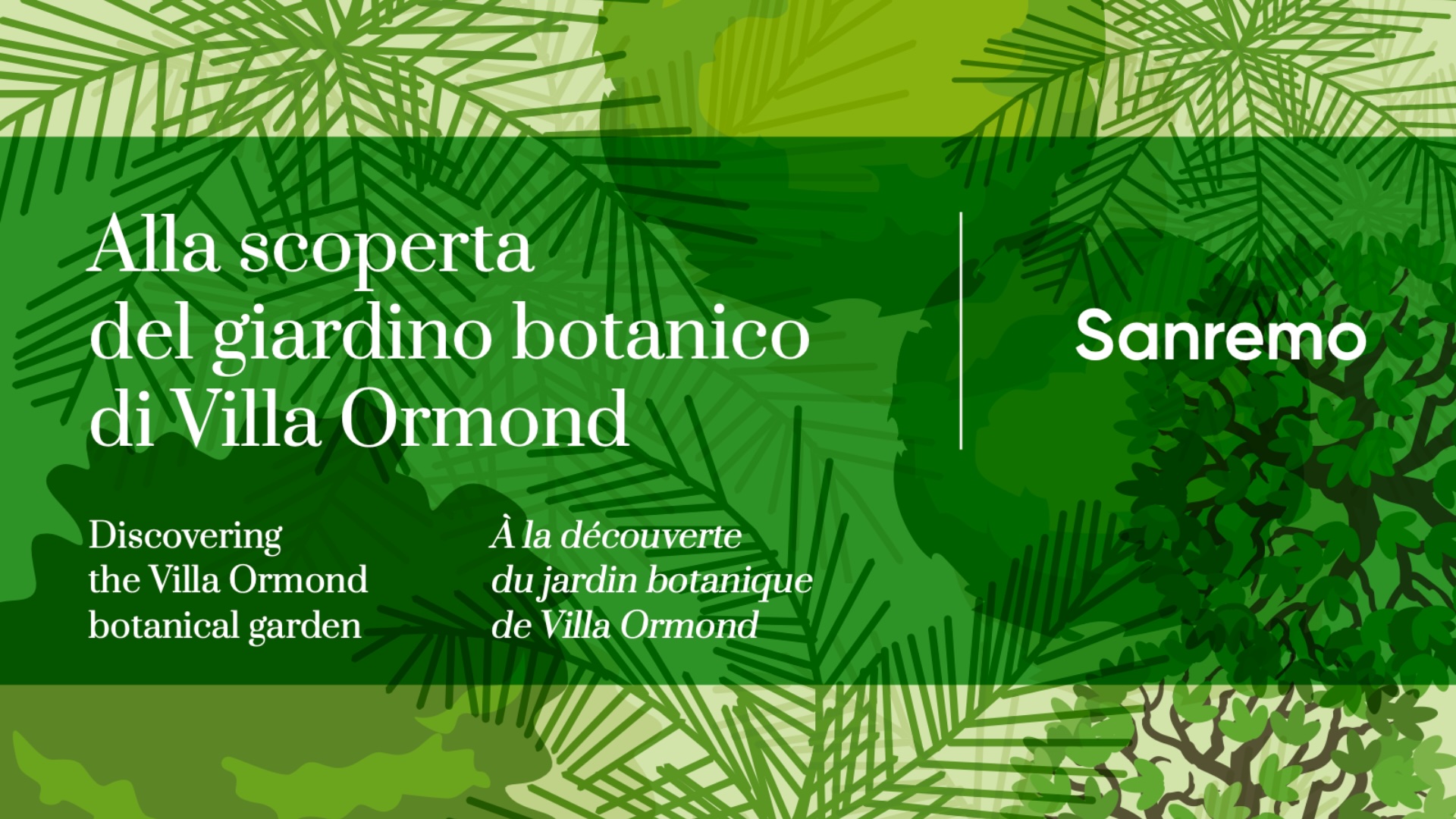The genus honours the first president of the United States of America, George Washington. The specific term robusta, comes from the Latin robustus = robust, vigorous. In this case, robustness of the stipe and vegetative vigour is meant.
| Common name | California Palm |
| Origin | Palms native to the more or less desert regions of California and Sonora, Mexico, where they still grow wild, usually along river banks and in rocky canyons. |
Description | Palm with a very slender stipe, which can exceed 20 metres in height, slender, often enlarged at the base, greyish brown in colour, showing very small vertical clefts and very close, thin annular marks. The leaves, which are smaller than W. filifera, are glossy green and, when young, have long strands that then disappear with age. Most W. robusta are ‘self-cleaning’, as the leaves fall off naturally in older specimens. The leaf page is divided into segments, which are rather soft and the bifid tips are drooping. The bases of the segments, at the beginning of the petiole, are covered on the back with a soft, stubby down. The red-brown petiole is studded along its entire length with stout, unequal, curved spines, which may be straight, hooked and often pointing in the opposite direction. A monoecious palm with numerous white bisexual flowers characterized by conspicuous, arching, drooping inflorescences longer than the leaves. The spathes are formed by a papery protection and emerge during the summer. The fruits are small, ovoid, shiny drupes with a mesocarp reduced to a pellicle and containing a highly germinative seed, especially when passed through the digestive tract of an animal, such as desert coyotes. They are fire-resistant palms and, although the old, dry leaves burn quickly like a torch, the stipe is not damaged. Fires do not disturb these palms at all and encourage seed production and help the young plants to prevail over the surrounding antagonistic vegetation. The importance of these plants was considerable for the Indian populations, who obtained materials for the construction of shelters and domestic artefacts such as baskets, twine, clothing and sandals. The specimens at Villa Ormond were mainly planted in the 1930s. |

